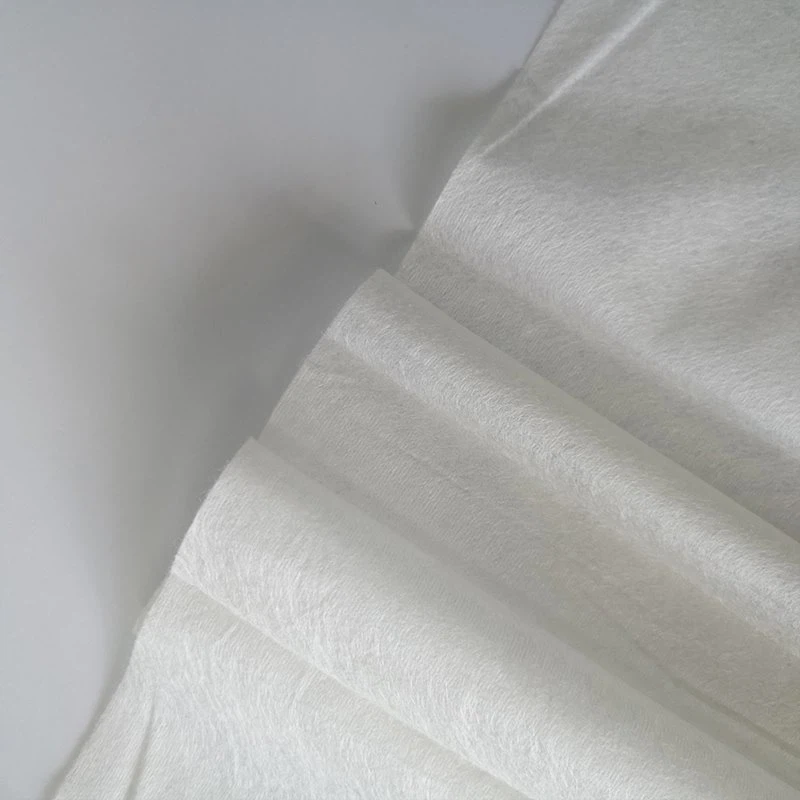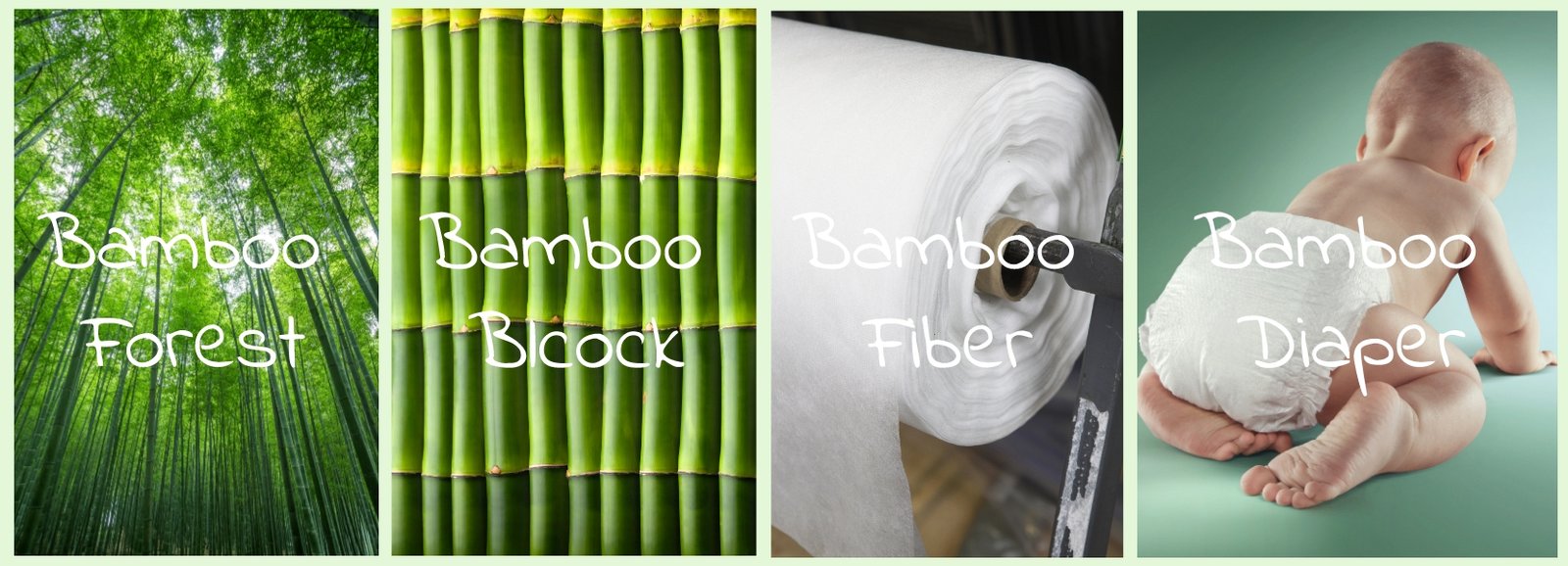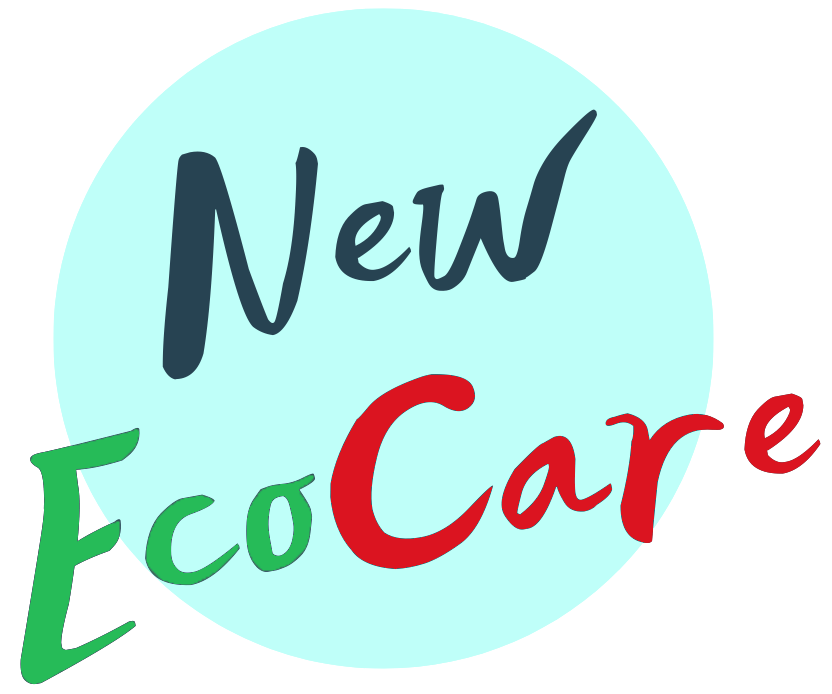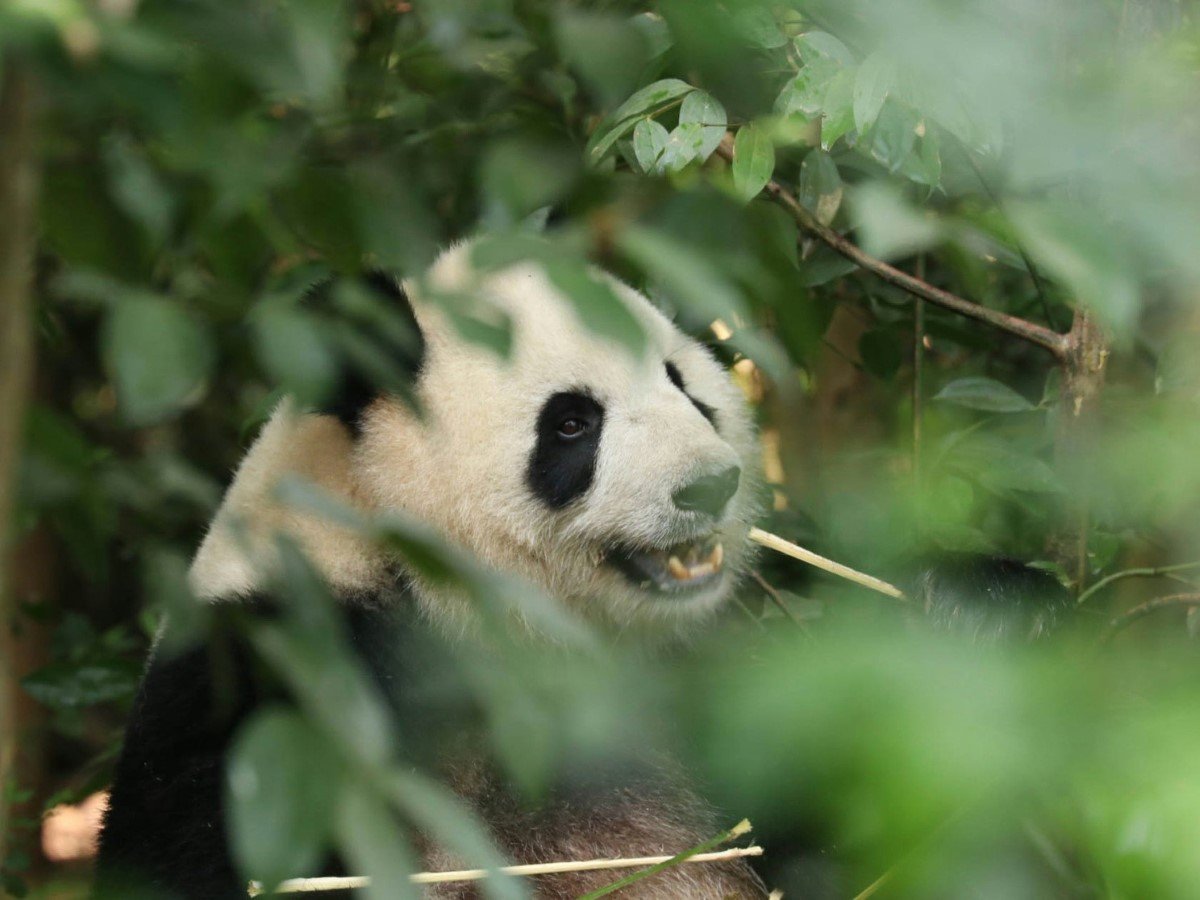Table of Contents
Introduction: Why Bamboo Fiber Matters in Diaper Manufacturing
In recent years, bamboo fiber baby diapers have emerged as a powerful trend in the hygiene product industry—especially among eco-conscious consumers and OEM brands. For brand owners, wholesalers, and supply-chain managers seeking sustainable, skin-friendly alternatives to traditional synthetic diapers, understanding what bamboo fiber is—and how it’s made into a diaper—is essential.
At New EcoCare, a trusted bamboo diaper OEM supplier with 20+ years of experience and over 80 global brand collaborations, we often get asked: What exactly is bamboo fiber? And what makes it suitable for baby diapers?
This article answers those questions in detail.
What Is Bamboo Fiber?
Bamboo fiber is a natural textile made from the pulp of the bamboo plant. Known for its softness, breathability, and antibacterial properties, bamboo fiber is increasingly used in eco-friendly baby diapers.
There are two main types of bamboo fiber used in hygiene products:
-
Mechanical bamboo fiber (bamboo linen): Made through crushing and natural retting. Less common in disposable diapers due to rougher texture.
-
Regenerated bamboo viscose fiber: Created using chemical processes that dissolve bamboo pulp into a soft, absorbent material suitable for nonwoven fabrics. This is the most widely used type in modern bamboo baby diapers.

Why Use Bamboo Fiber in Diapers?
Bamboo fiber is gaining attention in the hygiene product industry, and for good reasons:
✅ Benefits for Baby’s Skin:
-
Naturally hypoallergenic and antibacterial
-
Breathable and moisture-wicking
-
Gentle and soft—suitable for sensitive skin
🌍 Environmental Advantages:
-
Bamboo grows without pesticides or fertilizers
-
Regrows quickly after harvesting—highly renewable
-
Biodegradable when untreated
📦 Supply-Chain Friendly:
-
Available in roll form for mass production
-
Compatible with modern nonwoven converting machinery
-
Scalable for both small batches and large-volume OEM orders
How Is Bamboo Fiber Made?
Let’s break down the production of regenerated bamboo viscose fiber, which is most commonly used in disposable bamboo diapers.
1. Harvesting Bamboo
Bamboo stalks are harvested from managed plantations, often in regions like Sichuan or Fujian in China. Bamboo matures in 3–5 years and doesn’t require replanting—making it cost-effective and sustainable.
2. Pulping Process
The bamboo is chipped and soaked in a solution (typically sodium hydroxide or other eco-friendlier solvents). This breaks down the bamboo into a viscose solution, forming a cellulose-rich slurry.
3. Fiber Spinning
This slurry is then extruded through spinnerets into a bath that regenerates the bamboo viscose into filaments. These filaments are washed, dried, and spun into soft bamboo fibers.
4. Nonwoven Fabric Production
Bamboo fibers are bonded (either thermally or through hydroentangling) into nonwoven sheets, which are used in the top sheet or back sheet of the diaper.
At New EcoCare, we source and convert these materials under strict quality standards, ensuring our bamboo diaper topsheets are super-soft, breathable, and baby-safe.
How Bamboo Fiber Becomes a Baby Diaper
Creating a high-performance bamboo diaper involves careful engineering. Here’s how the components come together:
🔧 Key Diaper Layers with Bamboo Fiber:
-
Topsheet: Often made from 100% bamboo viscose nonwoven for softness
-
Backsheet: May include bamboo fiber blended with breathable film
-
ADL (Acquisition-Distribution Layer): Ensures rapid liquid distribution
-
Core Layer: FSC-certified fluff pulp + SAP
-
Elastic Features: Waistband and leg cuffs (non-bamboo but important for comfort)
🏭 From Raw Material to Finished Product:
-
Bamboo nonwoven rolls are fed into high-speed diaper machines
-
Core layers are added with precision glue applications
-
Elastic waist and leg cuffs are ultrasonically sealed
-
Final products are cut, folded, packed, and inspected
New EcoCare operates on 45-day production cycles with OEM capacity to support both startup and established hygiene brands. Our clients benefit from consistent delivery, responsive service, and customizable options—from packaging to embossing.

FAQs: Bamboo Fiber in Diapers
❓ Is bamboo fiber really biodegradable?
Yes. Bamboo viscose fiber is biodegradable under the right composting conditions. However, when combined with SAP (Super Absorbent Polymer), only the topsheet and backsheet may degrade. For fully biodegradable versions, ask about New EcoCare’s eco-upgrade options.
❓ What’s the difference between bamboo and organic cotton in diapers?
Bamboo grows faster, requires less water, and is naturally antimicrobial—giving it an edge in sustainability and skin protection. Cotton, while natural, often requires more pesticides and water unless certified organic.
❓ Can bamboo diapers be customized for private labels?
Absolutely. At New EcoCare, we offer OEM customization including:
-
Bamboo percentage (e.g., 30%, 70%, or 100% topsheet)
-
Print designs on the backsheet
-
FSC certification, biodegradable packaging, and more
Featured Snippet: Bamboo Diaper Benefits at a Glance
Here’s a quick overview of what makes bamboo baby diapers a smart choice:
Benefits of Bamboo Diapers for Brands:
-
🌿 High-demand product for eco-conscious consumers
-
🤝 Great storytelling value for marketing (sustainable, safe, skin-friendly)
-
📈 Expanding niche with rising Google search trends
Benefits for Supply-Chain Managers:
-
📦 Easy to source from reliable OEM manufacturers
-
⚙️ Compatible with existing production lines
-
🕒 Short 45-day lead times with New EcoCare

How New EcoCare Supports OEM Bamboo Diaper Brands
For over two decades, New EcoCare has been at the forefront of custom bamboo diaper manufacturing. Our production facilities in China support:
-
Over 80 international brands
-
Flexible OEM/ODM services
-
Biodegradable and FSC-certified materials
-
Multilingual support and private label design
-
MOQ-friendly for growing businesses
We help brand owners and supply-chain leaders design and manufacture bamboo-based baby diapers that stand out in competitive markets.
Final Thoughts: The Future of Bamboo in Hygiene Products
The rise of bamboo fiber in baby diapers reflects a wider shift in the industry: a move toward sustainable, high-performance materials that meet both consumer expectations and environmental responsibility.
For supply-chain managers and brand owners, understanding the end-to-end process—from bamboo harvesting to diaper assembly—is a strategic advantage. Not only does it help improve transparency and product storytelling, but it also ensures you’re working with materials that align with both regulatory trends and consumer demand.
Ready to Launch Your Bamboo Diaper Brand?
Whether you’re expanding your product range or launching a new private label, New EcoCare is here to help. With:
-
20+ years of industry expertise
-
Support for over 80 brands worldwide
-
45-day average lead times
We’re the OEM bamboo diaper partner you can trust.
👉 Contact us now to request your FREE OEM consultation. Let’s build a diaper brand that’s better for babies—and better for the planet.


